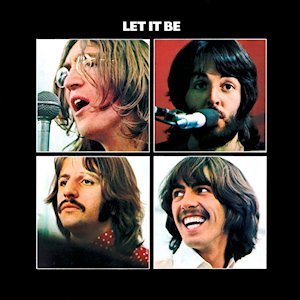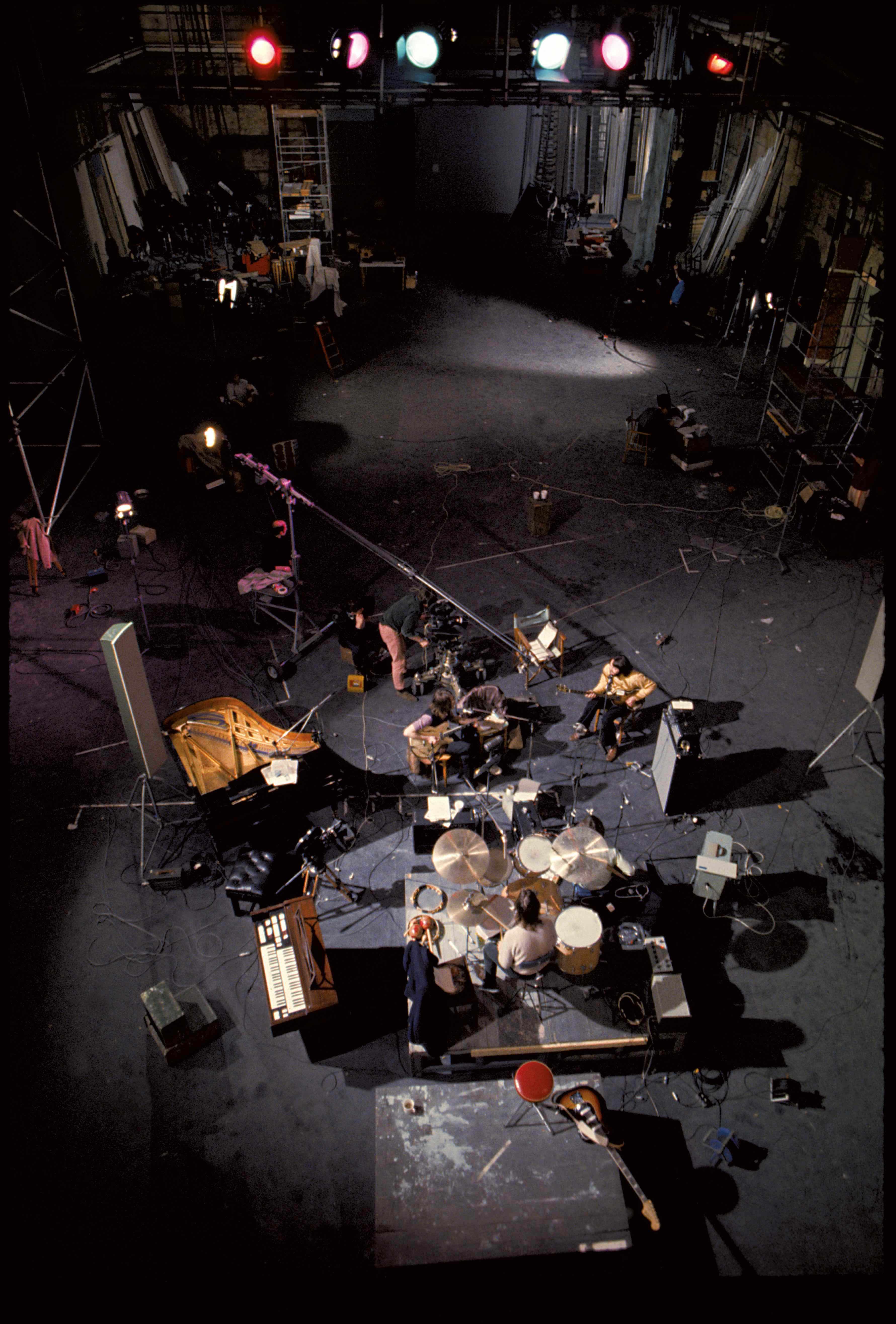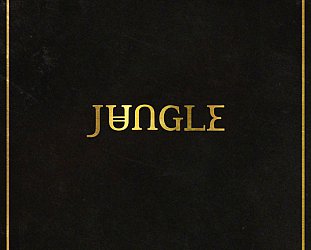Graham Reid | | 2 min read
One After 909 with Billy Preston (studio, take three)

The Beatles' Let It Be was always considered the runt of the litter.
The circumstances of it creation – a cold, soulless London film studio in January, Harrison quitting, into a new location, aimless boredom – didn't bode well.
And after the polish of Abbey Road (and appearing much later as the band broke up), Let It Be took the gloss off the glittering career. Even the British packaging was poor with a booklet which fell apart at the spine.
The idea behind the album's creation was excellent -- a film of the band rehearsing songs for a new album then performing them – but although they collectively had quite a bit of material (especially Harrison) the album as produced by Phil Spector seemed patched together.
As it was.
McCartney said he hated Spector's use of horns, strings and backing vocalists on his two showpieces Let It Be and The Long and Winding Road (although he still happily collected the Grammy for best soundtrack) and -- amusing though they are -- Maggie Mae and Dig It were space-fillers.
In this remixed edition (by Giles Martin and Sam Okell), McCartney's criticism has less weight – the Spector versions were not as bad as he might think even if they denied the deliberately unadorned sound he had in mind for the sessions – and the bruising guitar in Let It Be offsets the strings.
The Long and Winding Road – never a personal favourite for its arch sentimentality – actually benefits from the appropriately romantic string and choral parts.
Maggie Mae and Dig It remain enjoyable, humanising bagatelles.
 But the rest of the album contains excellent material in performance: Two Of Us is a wonderful duet between McCartney and Lennon which has resonant lines (“you and I have memories longer than the road that stretches out ahead” anticipating his wistful interpolation in Free As a Bird decades later); Lennon's Dig A Pony from the rooftop recordings with Billy Preston on electric piano is a typically unusual but memorable piece of writing and raw singing (Harrison's solo leaves a bit to be desired), their old One After 909 (also on the roof) is a joyful rocker and Harrison was rightly proud of the simple blues of For You Blue with Lennon on slide.
But the rest of the album contains excellent material in performance: Two Of Us is a wonderful duet between McCartney and Lennon which has resonant lines (“you and I have memories longer than the road that stretches out ahead” anticipating his wistful interpolation in Free As a Bird decades later); Lennon's Dig A Pony from the rooftop recordings with Billy Preston on electric piano is a typically unusual but memorable piece of writing and raw singing (Harrison's solo leaves a bit to be desired), their old One After 909 (also on the roof) is a joyful rocker and Harrison was rightly proud of the simple blues of For You Blue with Lennon on slide.
Lennon's poetic Across the Universe sounds more intimate in this mix, Spector's augmentation less prominent and the strings rather lovely,
Harrison's I Me Mine swerves neatly from the plaintive with strings to tough rock, I've Got a Feeling and Get Back (also from the roof recordings) are still terrific.
No, not their best album but certainly one with stronger songs than was conceded at the time. And here sounding very sharp.
The second disc contains interesting songs and snippets from the extensive rehearsals: among them a jamming alternate take of For You Blue; McCartney at piano singing a slow, music hall ballad version Please Please Me; different studio takes of Dig a Pony and Get Back; studio chat about making the album and how to they should be filmed; a different approach to One After 909 with Preston on acoustic piano reminding us he'd been in Little Richard's rock'n'roll band; an unadorned studio performance of The Long and Winding Road (in which you intuitively hear the strings and choir) and Glyn Johns' original but rejected mix of Across the Universe . . .
There are other more expansive editions of the reissued Let It Be (the five album set, the five CD/Blu-Ray set, both with impressive books) but this double CD with a useful booklet of commentary by McCartney and Giles Martin, an essay by Kevin Howlett, photos and session credits, is the one most might be interested in.
We'll get to one of the larger editions when we have the time.







post a comment